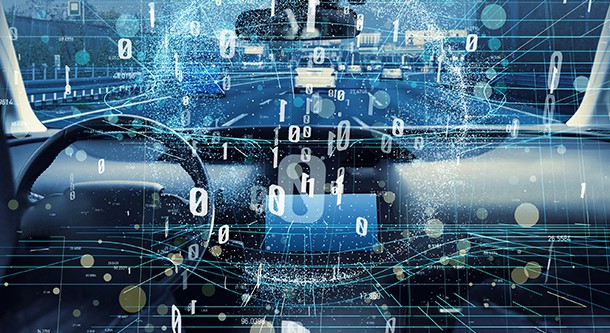 Existing safety technologies could cut U.S. road deaths in half if they came standard on all new vehicles, according to a new Consumer Reports analysis and related fact sheets. CR’s study finds that widespread adoption of crash avoidance technologies available today and other existing safety systems could save upward of 20,000 lives annually.
Existing safety technologies could cut U.S. road deaths in half if they came standard on all new vehicles, according to a new Consumer Reports analysis and related fact sheets. CR’s study finds that widespread adoption of crash avoidance technologies available today and other existing safety systems could save upward of 20,000 lives annually.
“Instead of providing safety for all, automakers put the burden on people to research, understand, and often pay extra for lifesaving car features. It takes decades for safety technology to come standard on all new cars as a result. Policymakers should choose a different path—one that will save lives now,” says William Wallace, manager of safety policy at Consumer Reports. “We’re urging every member of Congress to put safety first by requiring lifesaving features to come standard on all new cars. The technologies are here to cut road deaths in half, and it would only compound the ongoing tragedy of lives lost on our roads if our leaders fail to ensure all drivers have them on their cars.”
CR is releasing the analysis as the U.S. House prepares to vote this week on the Moving Forward Act (H.R. 2). The bill includes important CR-endorsed auto safety provisions, including requirements for every new car to come standard with proven crash avoidance systems and advanced drunk driving prevention technology, and for the U.S. Department of Transportation to upgrade its five-star safety ratings so that they will be more up-to-date and useful for consumers.
Recognizing the terrible toll of road crashes in the U.S. — which account for at least 36,000 deaths, 2.5 million injuries, and $800 billion in direct and indirect economic costs per year — CR’s study focuses on the expected benefits of existing safety technologies if they were equipped on the entire fleet of motor vehicles in the United States. Findings include:
- 11,800 lives saved from four systems on the market today. Automatic emergency braking (AEB), lane departure warning (LDW), and blind spot warning (BSW) would be expected to prevent a combined 11,000 road deaths if adopted fleetwide, per a recent National Highway Traffic Safety Administration (NHTSA) analysis. NHTSA also has found full adoption of current pedestrian detection systems would be expected to prevent an additional 800 deaths.
- 1,300 lives saved, at least, from vehicle-to-vehicle (V2V) communications technology. V2V has massive safety potential, and according to a NHTSA analysis, even just two applications of the technology — intersection movement assist (IMA) and left turn assist (LTA) — would be expected to save 1,366 lives with full fleet adoption.
- 3,700-7,400 lives saved from equipping all vehicles with drunk driving prevention technology. According to NHTSA, about 10,500 drunk driving fatalities occurred in 2018. Estimates predict full deployment of one particularly well-studied technology, the Driver Alcohol Detection System for Safety (DADSS), could prevent 70% of these deaths. Alternative approaches, such as those based on driver monitoring systems, may also prove effective at detecting impairment and preventing or limiting vehicle operation.
Summed together, these figures have led CR researchers to conclude that existing motor vehicle safety technology would save 16,800-20,500 lives per year if equipped across the full U.S. light-duty motor vehicle fleet. This totals approximately one-half of the 36,560 lives lost on U.S. roads in 2018.
While automated vehicles (AVs) offer enormous potential to improve safety and mobility, there is not sufficient evidence to support claims that AVs are proven to save people’s lives on U.S. roads. Previous legislative proposals, including the SELF DRIVE Act and AV START Act considered by Congress in 2017-2018, would not have established meaningful requirements for AVs to provide greater occupant protection and crash avoidance capabilities, and would have required only that they provide a level of safety the same as the average human-driven car on the road.
“There has been an enormous amount of debate over policies to promote self-driving cars. But Congress and NHTSA’s first priority should be the lifesaving technologies we have in hand today, and making sure they are in every new car as soon as possible,” Wallace added.
Another recently-published study by Consumer Reports found that some manufacturers of the country’s most popular vehicles are packaging lifesaving safety systems with add-ons like premium sunroofs and stereo systems, in effect taking advantage of some buyers who are just trying to protect themselves and their families, and putting lifesaving technology out of reach for others. CR found that consumers often are charged more than $2,000 — and, in two cases, more than $12,000 — just to get BSW or AEB with pedestrian detection on a new car.